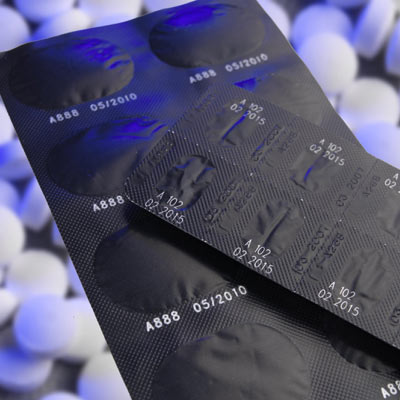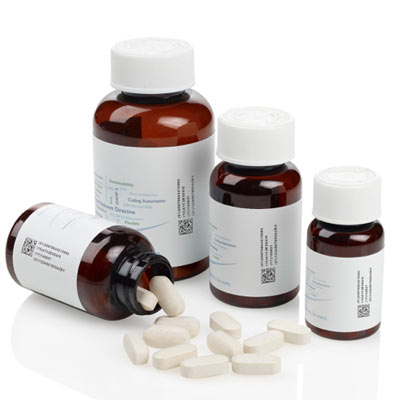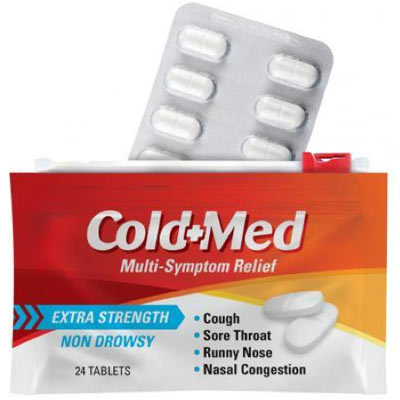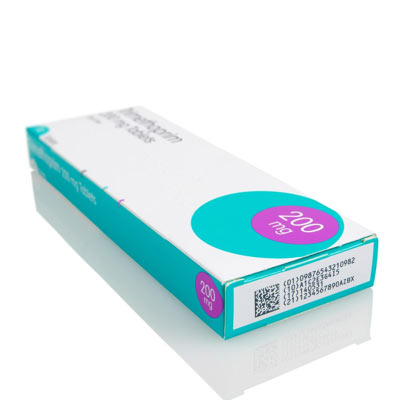1. Continued growth in use of blister packaging
Blister packaging is on the front line of the fight to improve dosage compliance. This method of packaging makes it easier for patients to keep track of their dosing (days when medication must be taken can be printed on the reverse of the packaging). Add the fact that blister packaging also protects medication and can be customized to fit a product’s design, and you can see why blister packaging is the world’s second best-selling pharmaceutical packaging.

2. Increased focus on child-resistant packaging
The European Child Safety Alliance says that 3,000 children below the age of 14 die every year in Europe from acute poisoning after gaining access to pharmaceutical products. Therefore, companies are developing ingenious blister packaging that is child-proof. Expect more innovations in child-resistant packaging as regulators increase pressure on pharmaceutical manufacturers to take action against child poisoning incidents.

3. Plastic bottles top global demand
Demand for glass pharmaceutical bottles is stalling as the use of plastic bottles continues to grow. Already the most popular pharmaceutical containers in the world, plastic pharmaceutical bottles are estimated to hit sales of $20.6 billion by 2020.
4. Is the pouch already passé?
The survival of the pouch in pharmaceutical packaging will depend on innovation – such as the new secondary packaging pouch by Bemis Healthcare Packaging and Presto Products Co. The pouch features a child-resistant slider seal, and multilayer laminations offer robust barrier protection against oxygen and moisture. This level of safety in secondary packaging gives manufacturers the option to make primary blister packs from cheaper, non-barrier materials.

5. Growth in prefillable syringes
By the end of 2019, the prefilled syringes market is estimated to account for US$4.98 billion in revenue, say projections from Transparency Market Research. The key drivers identified are: steady and consistent growth in the market for injectable drugs, rising adoption of point-of-care drug administration systems, and problems associated with the vial-and-syringe option that are prompting more healthcare practitioners to opt for prefilled syringes.
6. Shelf-impact vs eco-efficiency
The market for OTC pharmaceuticals is saturated. Competition between brands is fierce. For manufacturers, the goal has to be packaging that delivers maximum impact in-store – but with a minimum of materials. This is especially important as consumers look increasingly to eco-conscious options and manufacturers seek to fulfill CSR obligations. Materials do make a difference. So packaging success depends on finding the right balance of visual design, practical design and choice of materials.
7. Packaging design puts patient first
Brands are trying to gain an advantage in the OTC market by offering consumers more convenient ways to administer their products. Examples include Strepsils’ move from traditional blister packaging to plastic tubes, and Ibuleve’s fast-absorbing spray designed to enhance their more traditional range of creams. In a modern world where everyone is short on time, the delivery – and even perception – of convenience is key.

8. Consumer engagement through packaging
Codes give brand owners a unique and highly targeted channel for interacting with consumers. Manufacturers can give consumers the option to scan a QR code with their smartphone to reveal a wide range of information about dosing, storage instructions and more.